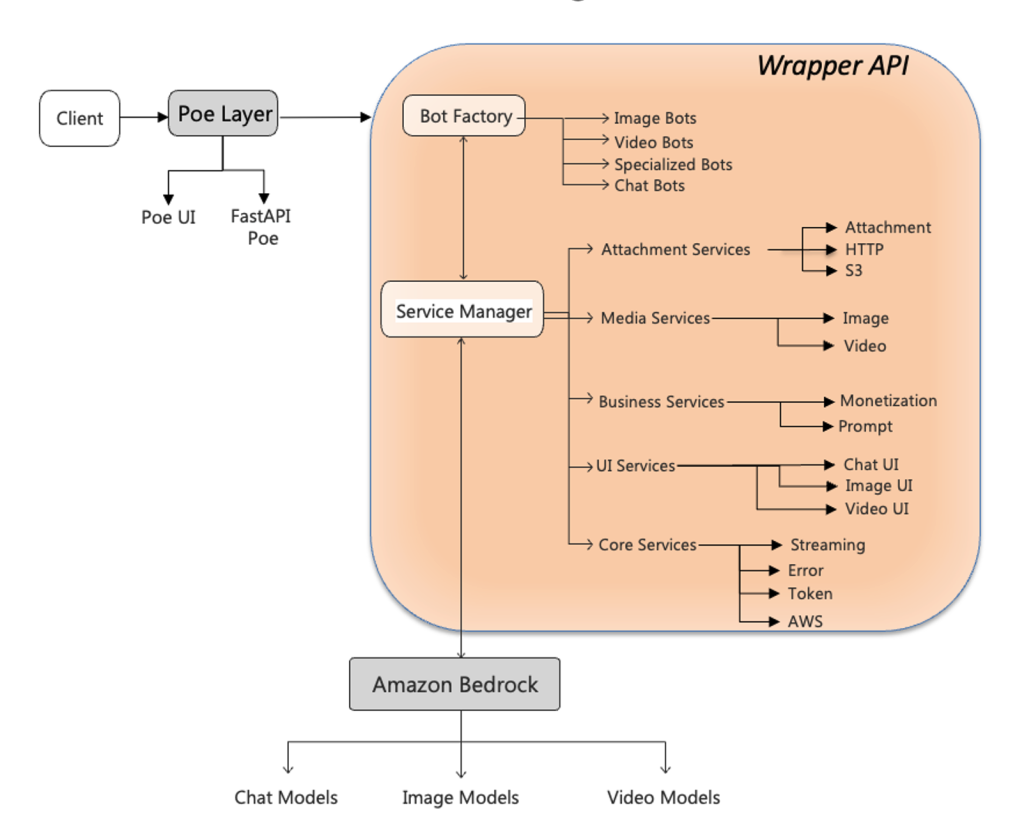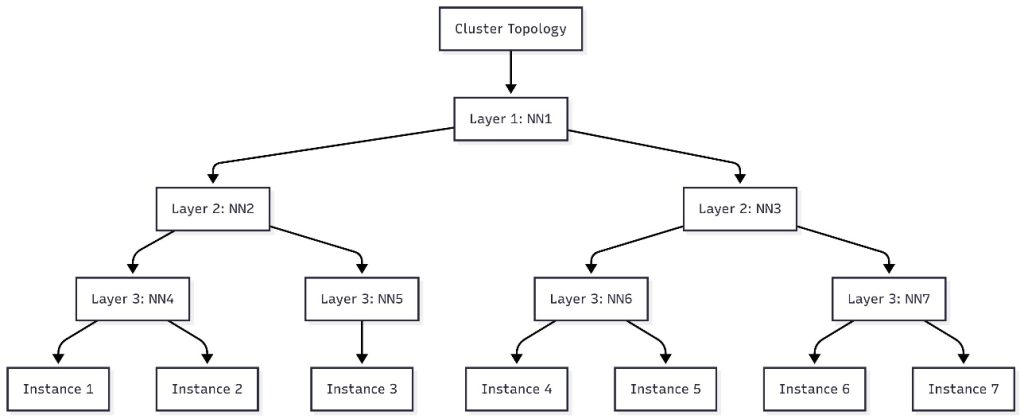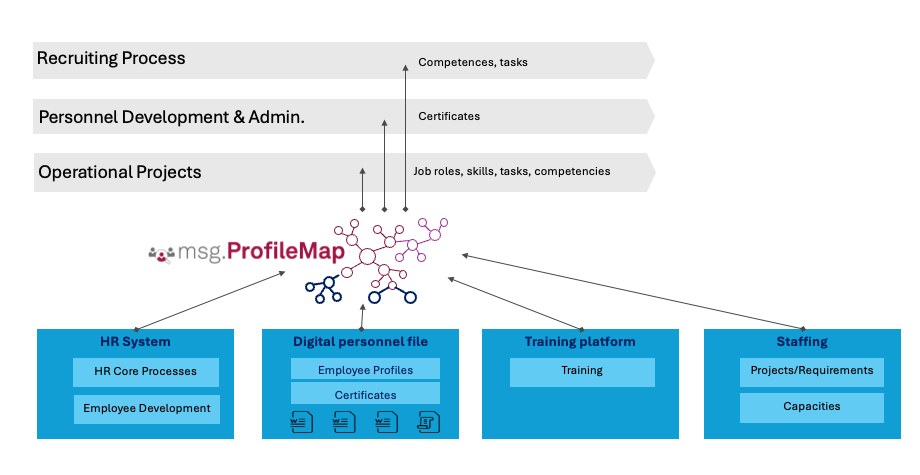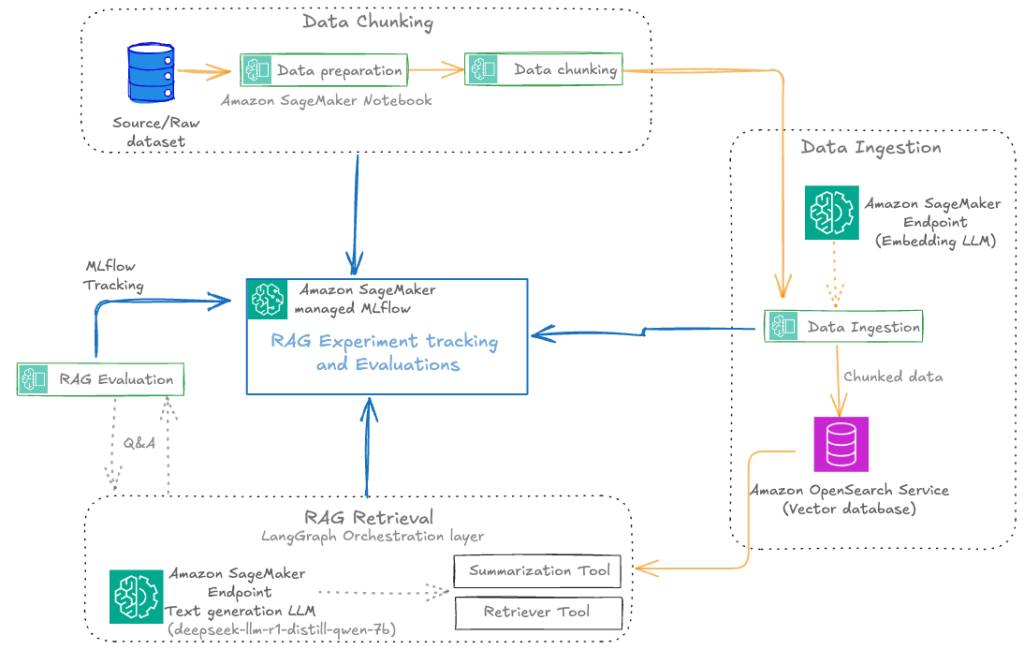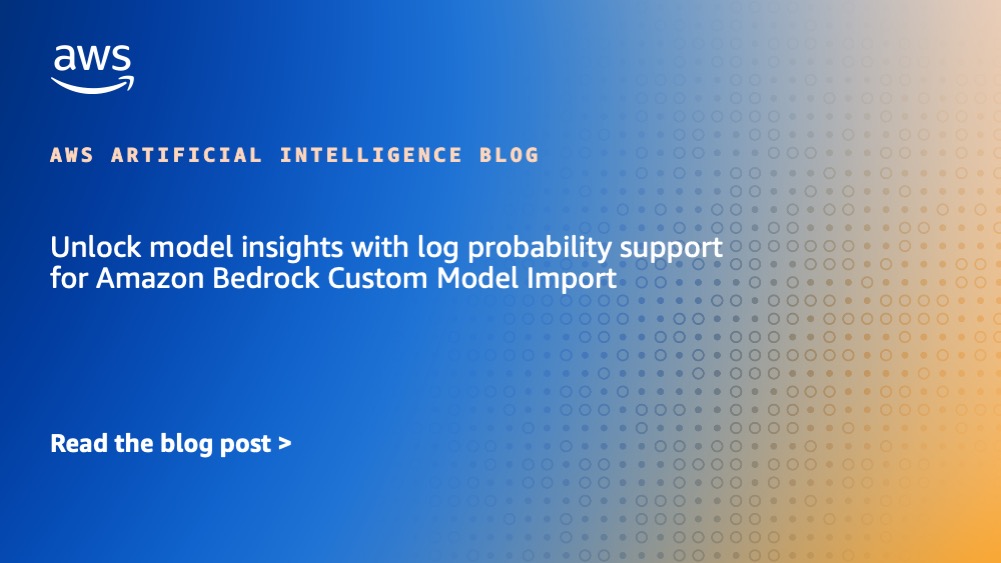Artificial Intelligence
Category: Artificial Intelligence
Unified multimodal access layer for Quora’s Poe using Amazon Bedrock
In this post, we explore how the AWS Generative AI Innovation Center and Quora collaborated to build a unified wrapper API framework that dramatically accelerates the deployment of Amazon Bedrock FMs on Quora’s Poe system. We detail the technical architecture that bridges Poe’s event-driven ServerSentEvents protocol with Amazon Bedrock REST-based APIs, demonstrate how a template-based configuration system reduced deployment time from days to 15 minutes, and share implementation patterns for protocol translation, error handling, and multi-modal capabilities.
Schedule topology-aware workloads using Amazon SageMaker HyperPod task governance
In this post, we introduce topology-aware scheduling with SageMaker HyperPod task governance by submitting jobs that represent hierarchical network information. We provide details about how to use SageMaker HyperPod task governance to optimize your job efficiency.
How msg enhanced HR workforce transformation with Amazon Bedrock and msg.ProfileMap
In this post, we share how msg automated data harmonization for msg.ProfileMap, using Amazon Bedrock to power its large language model (LLM)-driven data enrichment workflows, resulting in higher accuracy in HR concept matching, reduced manual workload, and improved alignment with compliance requirements under the EU AI Act and GDPR.
Automate advanced agentic RAG pipeline with Amazon SageMaker AI
In this post, we walk through how to streamline your RAG development lifecycle from experimentation to automation, helping you operationalize your RAG solution for production deployments with Amazon SageMaker AI, helping your team experiment efficiently, collaborate effectively, and drive continuous improvement.
Unlock model insights with log probability support for Amazon Bedrock Custom Model Import
In this post, we explore how log probabilities work with imported models in Amazon Bedrock. You will learn what log probabilities are, how to enable them in your API calls, and how to interpret the returned data. We also highlight practical applications—from detecting potential hallucinations to optimizing RAG systems and evaluating fine-tuned models—that demonstrate how these insights can improve your AI applications, helping you build more trustworthy solutions with your custom models.
Migrate from Anthropic’s Claude Sonnet 3.x to Claude Sonnet 4.x on Amazon Bedrock
This post provides a systematic approach to migrating from Anthropic’s Claude 3.5 Sonnet to Claude Sonnet 4.5 on Amazon Bedrock. We examine the key model differences, highlight essential migration considerations, and deliver proven best practices to transform this necessary transition into a strategic advantage that drives measurable value for your organization.
Enhance video understanding with Amazon Bedrock Data Automation and open-set object detection
In real-world video and image analysis, businesses often face the challenge of detecting objects that weren’t part of a model’s original training set. This becomes especially difficult in dynamic environments where new, unknown, or user-defined objects frequently appear. In this post, we explore how Amazon Bedrock Data Automation uses OSOD to enhance video understanding.
How Skello uses Amazon Bedrock to query data in a multi-tenant environment while keeping logical boundaries
Skello is a leading human resources (HR) software as a service (SaaS) solution focusing on employee scheduling and workforce management. Catering to diverse sectors such as hospitality, retail, healthcare, construction, and industry, Skello offers features including schedule creation, time tracking, and payroll preparation. We dive deep into the challenges of implementing large language models (LLMs) for data querying, particularly in the context of a French company operating under the General Data Protection Regulation (GDPR).
Create a private workforce on Amazon SageMaker Ground Truth with the AWS CDK
In this post, we present a complete solution for programmatically creating private workforces on Amazon SageMaker AI using the AWS Cloud Development Kit (AWS CDK), including the setup of a dedicated, fully configured Amazon Cognito user pool.
TII Falcon-H1 models now available on Amazon Bedrock Marketplace and Amazon SageMaker JumpStart
We are excited to announce the availability of the Technology Innovation Institute (TII)’s Falcon-H1 models on Amazon Bedrock Marketplace and Amazon SageMaker JumpStart. With this launch, developers and data scientists can now use six instruction-tuned Falcon-H1 models (0.5B, 1.5B, 1.5B-Deep, 3B, 7B, and 34B) on AWS, and have access to a comprehensive suite of hybrid architecture models that combine traditional attention mechanisms with State Space Models (SSMs) to deliver exceptional performance with unprecedented efficiency.
